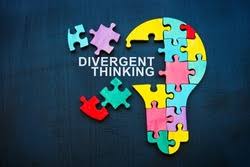The Dictionary: A Scalable, Evidence-Based Literacy Tool
The dictionary remains one of the most effective yet underutilized tools for literacy and language learning.
Its evidence-based design supports essential skills like decoding, pronunciation, and vocabulary acquisition, aligning with proven literacy practices. Features such as pronunciation symbols, syllable breakdowns, and word origins empower learners to decode words independently and deepen their language understanding.
High ROI with Low Impact
The dictionary is a low-cost resource with significant benefits. It requires minimal infrastructure, making it an accessible tool for classrooms, libraries, and homes.
Students gain the skills to approach unfamiliar words confidently, reinforcing self-reliance and comprehension without the need for expensive programs or ongoing costs.
Scaling Across Schools and Districts
Scaling the use of dictionaries in literacy instruction is straightforward and impactful:
- Professional Development: Train educators on integrating dictionary-based strategies into phonics and vocabulary instruction.
- Standardized Tools: Supply dictionaries tailored to different grade levels, ensuring age-appropriate support for learners.
- District-Wide Implementation: Incorporate dictionary use into literacy curricula across schools, creating consistency in decoding and word-learning strategies.
- Digital Integration: Utilize online dictionaries or apps to make this resource even more accessible for students and teachers.
By promoting the dictionary as a tool for evidence-based practices, districts can enhance literacy outcomes while maintaining cost-effectiveness.
It’s a timeless solution ready to scale for modern education.
Shawn Anthony Robinson PhD




Comments
Post a Comment